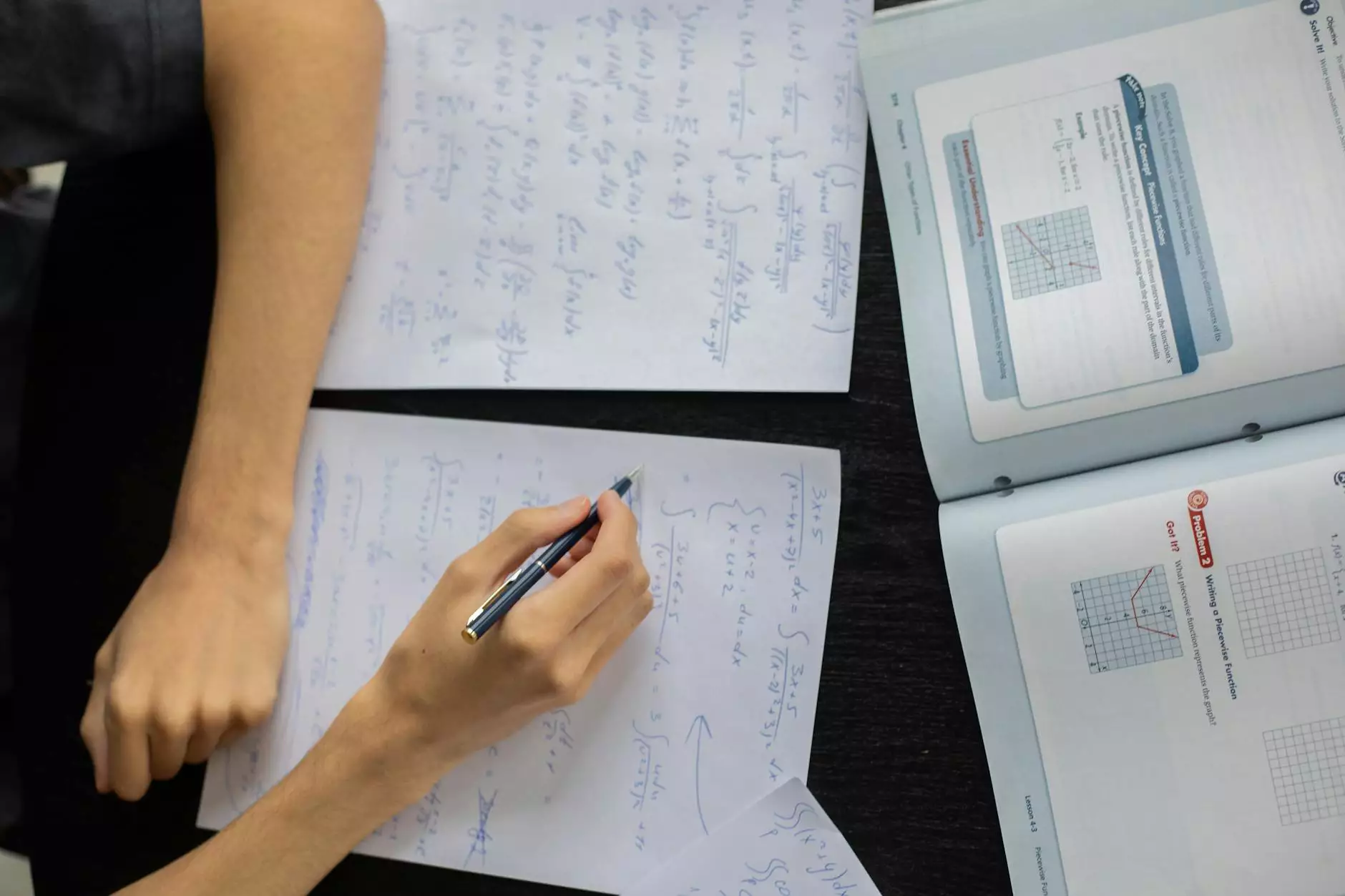Learn English Grammar – Wait for vs. Wait to
English Grammar Lessons
The Difference between "Wait for" and "Wait to"
Understanding the distinctions between "wait for" and "wait to" is crucial for mastering the English language. While these phrases may seem similar, they have different meanings and usage in various contexts.
What Does "Wait for" Mean?
"Wait for" is a commonly used phrase that indicates someone is delaying their actions until a specific event or person arrives. It implies anticipation and patience, as an individual expects something to happen before proceeding with their intended action. Here are some examples:
- I will wait for you at the restaurant. Please don't be late.
- The students waited for their teacher to start the class.
- She couldn't wait for her birthday to receive presents.
How to Use "Wait to" Properly?
"Wait to" implies that an individual is intentionally delaying an action until a specific moment or opportunity arises. It usually indicates a purpose or requirement before proceeding. Here are some examples:
- You should wait to hear the full story before making any judgments.
- We will wait to see the results before making a decision.
- The participants are advised to wait to receive further instructions.
Understanding the Context
It is essential to consider the context in which you want to use "wait for" or "wait to." Both phrases have different implications depending on the situation. Let's explore further:
Wait for
When using "wait for," consider the following:
- Waiting for someone or something to arrive.
- Anticipating an event or occurrence.
- Postponing an action until a specific time or condition is met.
For example:
"I will wait for their response before moving forward with the project."
Wait to
When using "wait to," consider the following:
- Delaying an action until a prerequisite is fulfilled.
- Avoiding premature or hasty decisions.
- Holding off on doing something until the appropriate moment.
For example:
"You should wait to gather more information before making a final decision."
Common Mistakes to Avoid
It's important to note some common mistakes made when using "wait for" and "wait to" to ensure clear and accurate communication:
- Confusing "wait for" and "wait to" in different contexts.
- Using the wrong preposition after "wait for" or "wait to."
- Incorrectly using these phrases in formal or informal situations.
In Conclusion
Mastering the proper usage of "wait for" and "wait to" will significantly enhance your English language skills. Remember to pay attention to the context and choose the appropriate phrase accordingly. Practice using them in various conversations and written forms to solidify your understanding. With time and practice, you'll become fluent in the nuances of these phrases and communicate more effectively in English.










